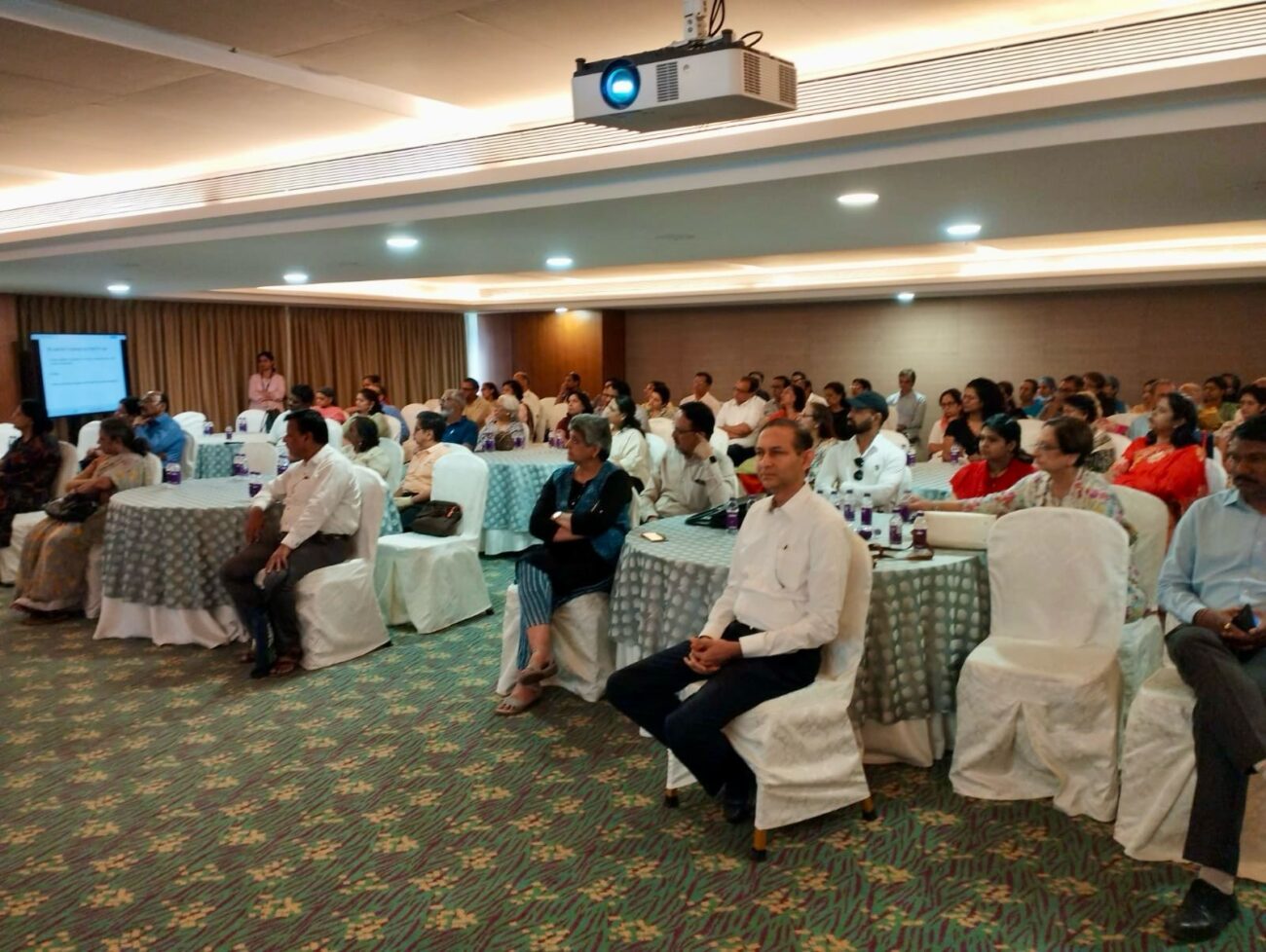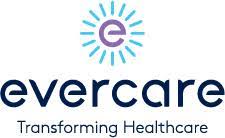Rising Cardiac Problems in Children- – Dr. Bikram Kesharee Mohanty
Wrong dietary and lifestyle habits are raising the risk of cardiovascular ailments in children. The age-old saying, ‘You are what you eat’, holds much water! The universal fall in healthy dietary habits among children is leading
Wrong dietary and lifestyle habits are raising the risk of cardiovascular ailments in children.
The age-old saying, ‘You are what you eat’, holds much water! The universal fall in healthy dietary habits among children is leading to rising numbers of kids falling prey to ailments once associated only with adults. Besides various other diseases, it includes cardiovascular problems.
For instance, increasing evidence indicates atherosclerosis (an arterial disease caused by the deposition of fatty material on the inner arterial walls) begins in childhood while being directly linked with the same cardiovascular disease (CVD) risk factors found in adults. Such worrying results stress the importance of robust CVD prevention policies for children, which can ensure low-risk status in adulthood.
Healthy dietary habits are best developed in childhood for promoting primary prevention of CVD risk factors across adolescence and adulthood. The changes must occur through both the macro (dietary fat, carbohydrates, etc.) and micro (sodium and calcium) nutrients that impact the CVD risk. The amount of calories a child/adolescent can consume will be contingent on the age, gender, stage of growth, weight, size and level of physical activity. Youngsters consuming more calories than they burn will gain extra weight and body fat, increasing CVD risks.
Since dietary choices are established in childhood, early intervention is imperative in improving dietary habits. Combined with regular physical activity, this helps in maintaining a healthy weight throughout childhood, adolescence and adulthood, thereby preventing the development of CVD during these years.
Given this backdrop, primary care providers need to counsel paediatric patients as well as their families about adhering to judicious dietary patterns that limit the intake of saturated fats and cholesterol. Instead, they should consume more fresh fruits, vegetables and fibre. Dietary salt and sugar should also be limited while sugar-saturated beverages should be avoided.
The other point to be emphasized is the benefits of regular physical activity in boosting cardiovascular fitness, bone mass and a sense of well-being while lowering the risk of obesity and high blood pressure. Conversely, sedentary lifestyles and decreased physical activity lead to higher obesity levels and CVD risk factors, including insulin resistance (thereby hindering the treatment of Diabetes mellitus)
and hypertension.
Therefore, children six years and above should have at least an hour of moderate-to-vigorous physical activity daily. Moreover, intense physical activity, including muscle-and-bone-strengthening activities, should be undertaken at least thrice a week. But these minimum targets may be falling since children as young as two and three years are now getting addicted to mobile, TV and gaming screens.
Additionally, periodic trips to fast-food joints are leading to higher intake of sodium, sugar and processed foods containing harmful preservatives. Such foods are fattening and carcinogenic, leading to increasing cases of childhood diabetes, CVDs and even cancer. These trends being a cause for concern, family clinicians need to assess the level of physical activity as well as sedentary behaviour among children visiting
their clinic.
As per the feedback, clinicians can provide age-specific suggestions for improving physical activity while controlling sedentary behaviour among children. Furthermore, parents should be advised to restrict their children’s screen time and to insure that no TVs are installed in the bedroom of children. Of course, the parents themselves need to act as role models by controlling their own overall screen time! Moreover, parent’s participation with their kids, in various physical activities can boost the well-being of the entire family.
In essence, the focus must remain on preventing childhood obesity and eliminating the risks of CVDs and other ailments. On each visit to the clinic, the child’s weight, height and BMI (body mass index) should be recorded. Ultimately, dietary precautions, more physical activities and the prevention of risk factors are the best safeguards against childhood cardiovascular diseases.





